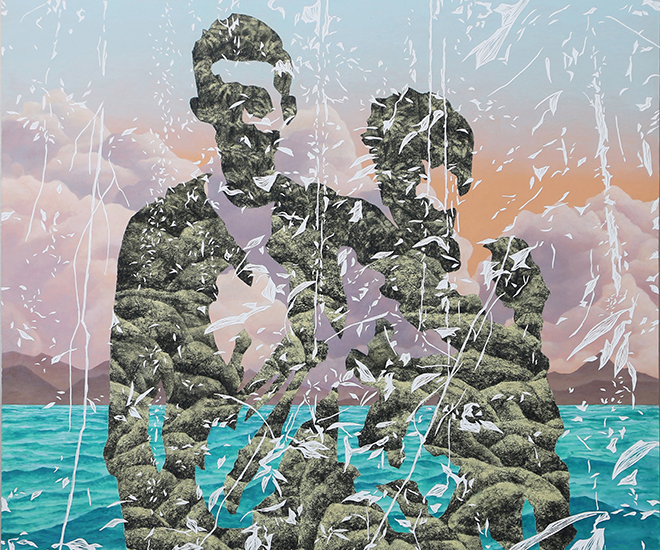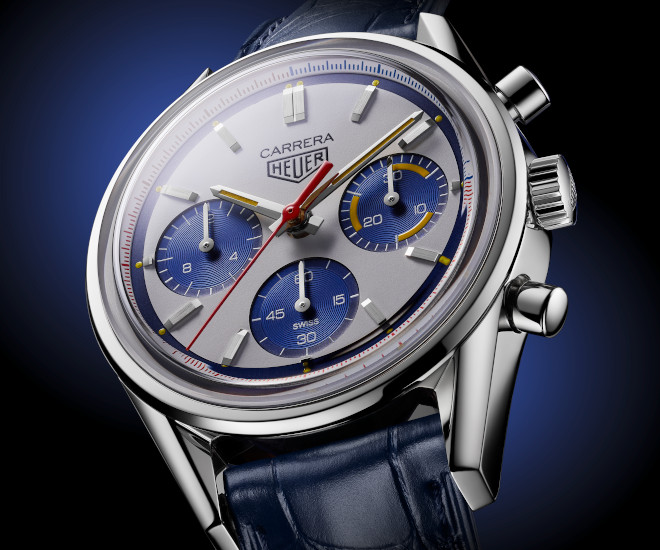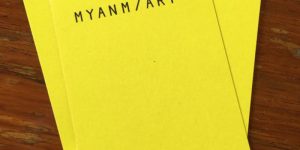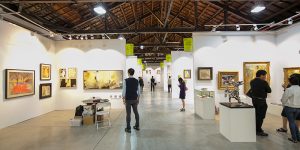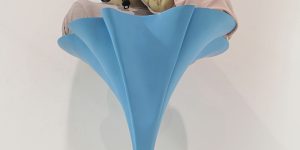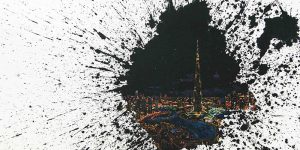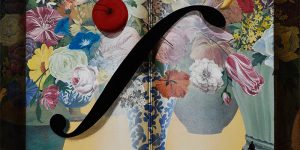Focus: Artist Chang Fee Ming
Art Republik learns to kick back and enjoy the simple things in life with Chang Fee Ming.
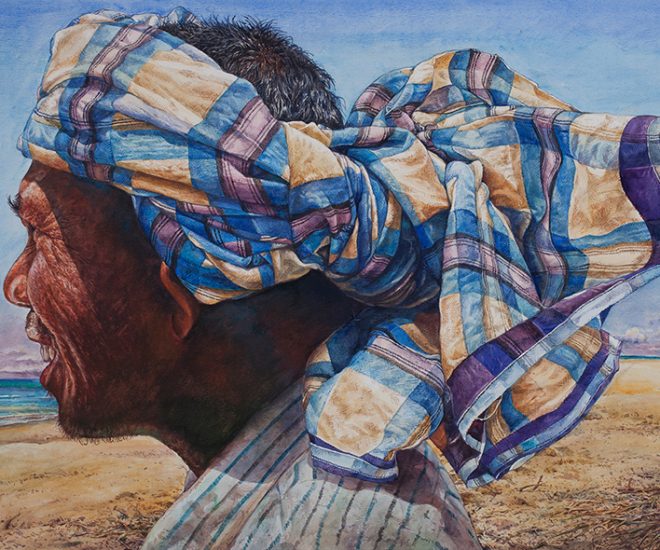
Chang Fee Ming (b. 1959) is a Malaysian artist who is one of Asia’s most accomplished watercolorists. He portrays the life of ordinary people he meets in his coastal hometown of Terengganu and on his travels of rural Southeast Asia in his elaborately detailed, intensely coloured paintings.
From 14 April to 17 July 2016, an exhibition of Chang’s works will open at Bank Negara Malaysia Museum and Art Gallery in Kuala Lumpur. Showcasing Chang’s pieces portraying Terengganu from 1978 to the present, it will include both large-format and small watercolour paintings, mail art and sketches, with most of the major works on loan from collectors.

Chang Fee Ming in his studio in Mengabang Telipot.
The title of the exhibition, ‘Selaut Kasih Sepantai Sayang’, or ‘Oceans of Love, Shores of Affection’, is chosen by the artist from ‘Kesian Dia’, a poem by the late poet J. M. Aziz, who wrote about the common people and their natural surroundings in Terengganu. “It is actually a rather common prose used in Malay writings to express the extent of one’s love,” Chang says.
The exhibition is Chang’s love letter to Terengganu and its people, who continue to inspire him in both art and life. “It is an opportunity to showcase the state’s many unsung heroes – the courageous, but simple people – from fisher-folks on the coast, to those that live further inland among tall giants of the jungle bordering the great mountain ranges – whose every day struggles do nothing to tamper their warmth and generosity,” says Chang. “Living in Terengganu gives me the opportunity to be in touch with a lot of people especially the fisher folk. Through our conversations together, I understand what life is and all this give me ideas to paint and also how to be a person.”

A portrait of Chang Fee Ming with Bagau. Photo by Dome Nikong
The fishing village was where the self-taught artist, who dropped out of school at 17, began sketching. Later, in the late 1970s and early 1980s, Chang earned his living at his brother-in-law’s signboard shop and it was through him that Chang had the opportunity to meet the Singaporean artist Siew Hock Ming and other artists from the Equator Art Society, a group founded in Singapore in 1956 whose artist members painted in the social realist style. Chang followed them on their painting excursions and learned their techniques by observation, furthering his education as an artist.

At Dusk…Nanyang (detailed view),2012.
In many of Chang’s works in the exhibition, the faces of his subjects are not seen. Rather, in beautiful, serene compositions that focus on telling details, one sees the weathered hands of a Muslim man sitting to pray in ‘Zhuhor Across The River In December’ or the dangling swollen feet of a grandmother at rest with her family in ‘The First Day of Adilfitri’. Explaining this stylistic choice, Chang says, “From a pair of hands or feet, the audience can have more space to think or feel after viewing the painting. This is unlike a painting with faces, where the audience will tend to seek to more or less know from the expression of the people in the painting.”

Garden by South China Sea (detailed view), 2015.
And with regard to the vibrant and greatly detailed batik that often take center stage in works such as in ‘At Dusk… Nanyang’ and ‘Garden by South China Sea’, Chang explains his nostalgic love for the beautiful fabric, interwoven with his fond memories of Terengganu in yesteryears. “In the market, the floral batik design that Malay women wore blended so well with the fruits and vegetables for sale that it was like being in a tropical garden. Even the fishermen wore colorful batik sarong for fishing. So, when they were at work such as pulling the boat, the image of the batik’s reflection on the surface of the sea water created an amazing illusion of colors.”
*For more information, please visit www.museum.bnm.gov.my
Story credits
Text by Nadya Wang
This story was first published in Art Republik.

